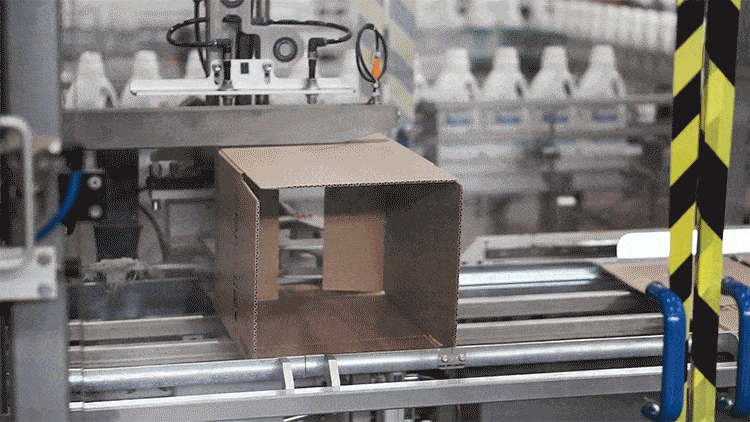Does Your Takt Time Match Consumer Demand?

Think about two kids skipping Double Dutch. They need to be in perfect sync to ensure the rope keeps skipping smoothly. Add in some clapping and chanting and it’s an impressive sight! While it might be a game, what you’re watching is actually a great representation of takt time. Think of the kids turning the rope as consumers and the kids skipping as producers — it’s the perfect example of an operational relationship. The kids jumping need to keep time with the rope turners, no matter how fast or slow. Such is the relationship between producers and consumers, represented in takt time.
What is takt time?
Takt time is the relationship between production time and product demand. It goes beyond just the nature of the relationship, though. Takt time involves timing production schedules with customer demand to produce units at the right rate. It’s measured in this simple equation:
Takt Time = Planned Production Time / Customer Demand
Consider why takt time is important. You might manufacture a widget every 30 seconds, on a production line that runs 10 hours each day. That means a daily output of 1,200 widgets per day. But what if sales reports show widget sales at 1600 per day? Or 1000 per day? You can’t optimize production using only supply-side metrics. Takt time uses consumer demand to set the benchmark for production.
Lean production leverages takt time
Takt time is an important metric for measuring productive throughput. In a Lean operation, supply meets demand as closely as possible. The problem is, supply is often static while demand is dynamic. Manufacturers may discover their production line’s maximum efficient capacity is 200 units per hour, then run it at this level to maximize throughput. But if demand equates to only 160 units per hour, you’re generating extra product that could end up as waste.
Takt time is the pulse or heartbeat of your production line. A pulse that’s too fast can’t be sustained; one that’s too slow is prohibitive. The goal in realizing takt time as a production tool is pacing heartbeat (and production speed) within set parameters. For example, if your weekly sell rate is 200 units per hour, a takt time of 185-215 may be acceptable.
Think of takt time not as a step back from maximum throughput efficiency, but as a redefinition of what efficiency means. Just because you can produce X units per hour doesn’t mean you should. It might be more beneficial to produce Y units, because it aligns with sell rate.
There are, of course, times when takt time isn’t the right metric to measure productivity with. If you’re building inventory, ramping up production to accommodate anticipated growth, or discontinuing production of a certain product, takt time takes a back seat to other production metrics.

Controlling takt time
Controlling takt time doesn’t mean running your production line at half speed. Rather, it’s optimizing the means of production. If you know you can produce enough product to meet demand working your line four hours a day instead of ten, that makes it available for six hours to produce in different capacities. Likewise, you might assign two dedicated production lines for Widgets A and B, and one line that switches between Widgets A and B, supplementing production of both products to precisely control takt time.
Takt time isn’t a standalone metric for controlling throughput, but it is one of the most important for determining efficiency. Optimize takt time by ensuring production rates meet sell rates for leaner operations.